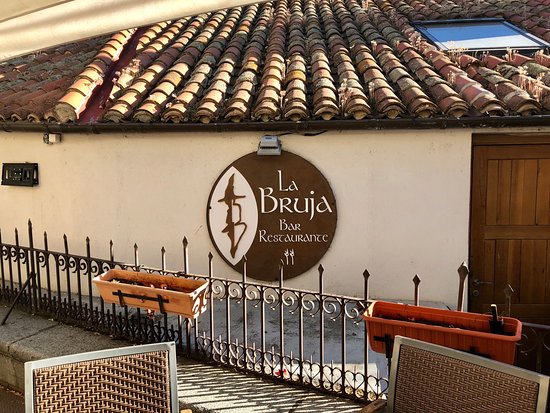Ávila
WELCOME TO Ávila
Province Overview
Ávila
8,049 km2
158,196
Spanish
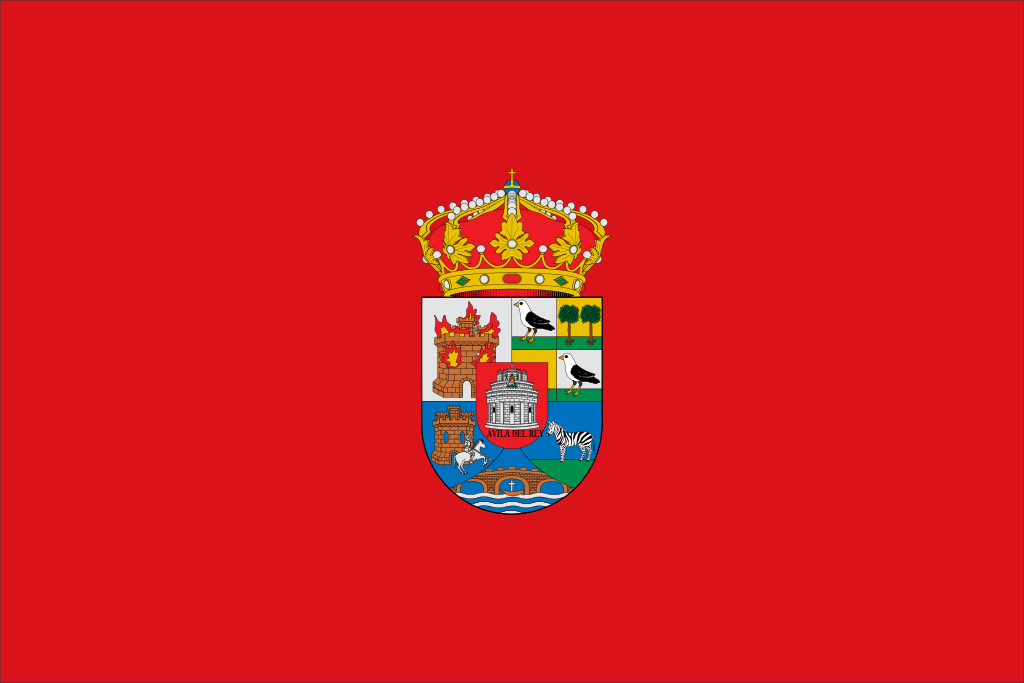
Popular
Geography and Tourist Attractions
Information about the province's tourist attractions, including popular destinations, events, and activities.
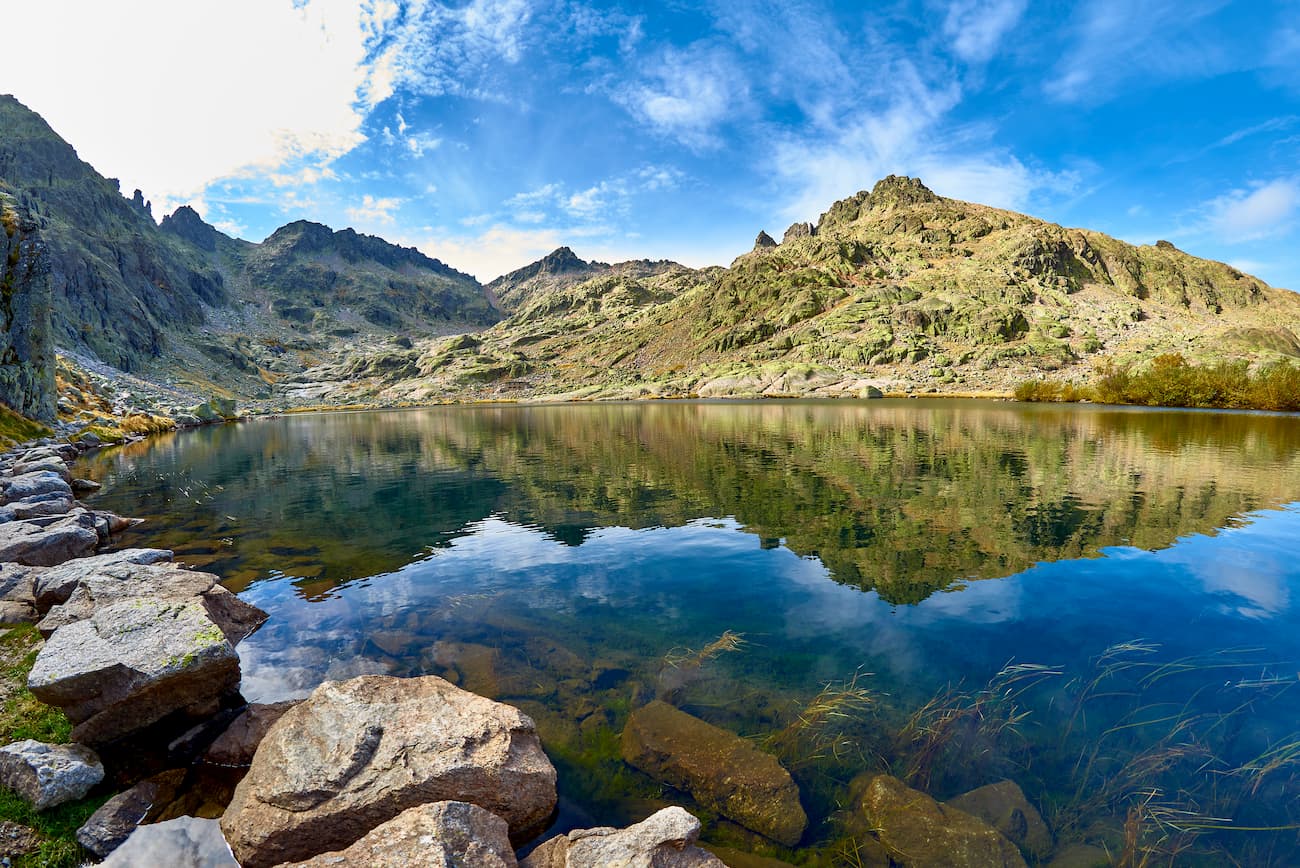
Sierra de Gredos National Park
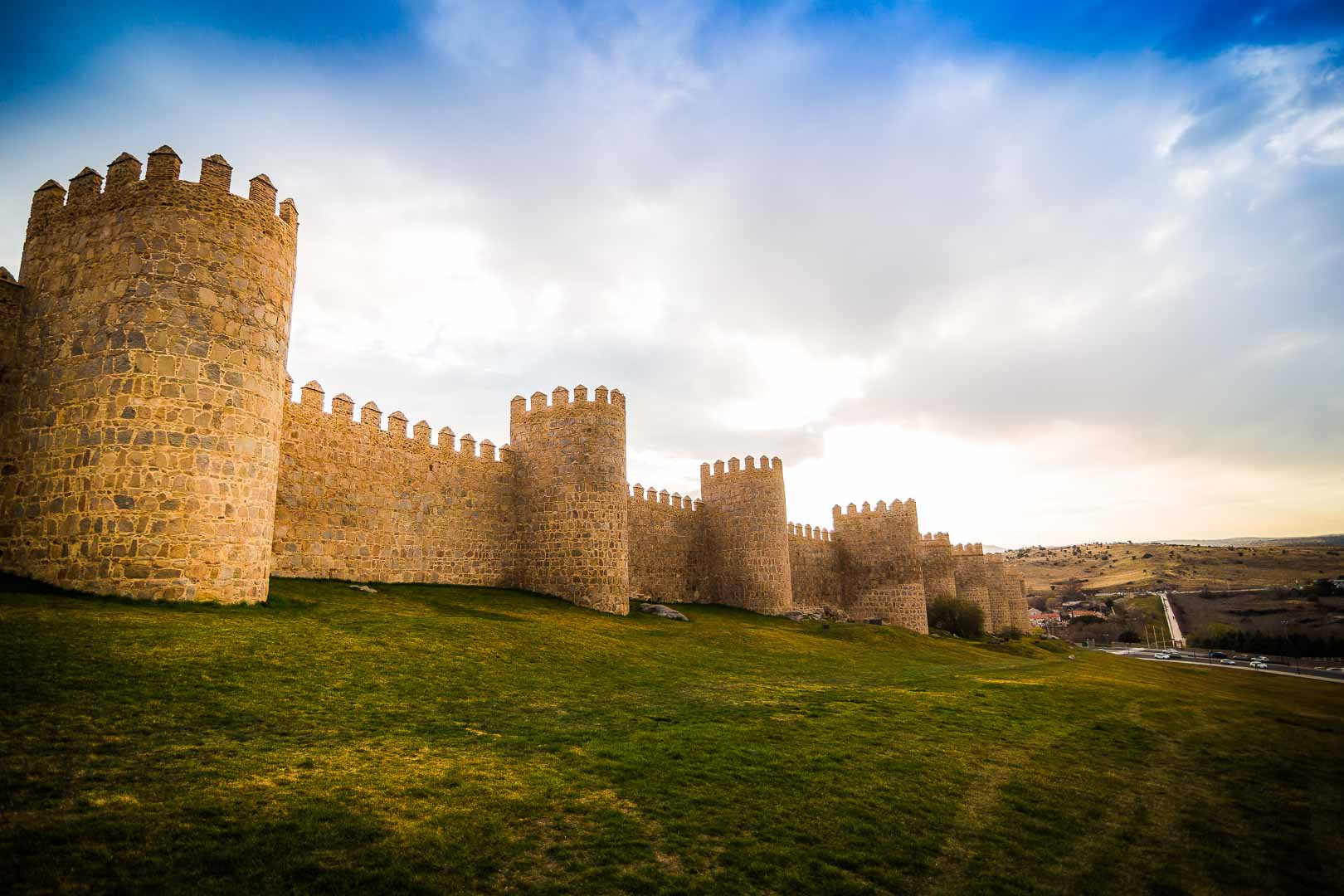
Walls of Ávila
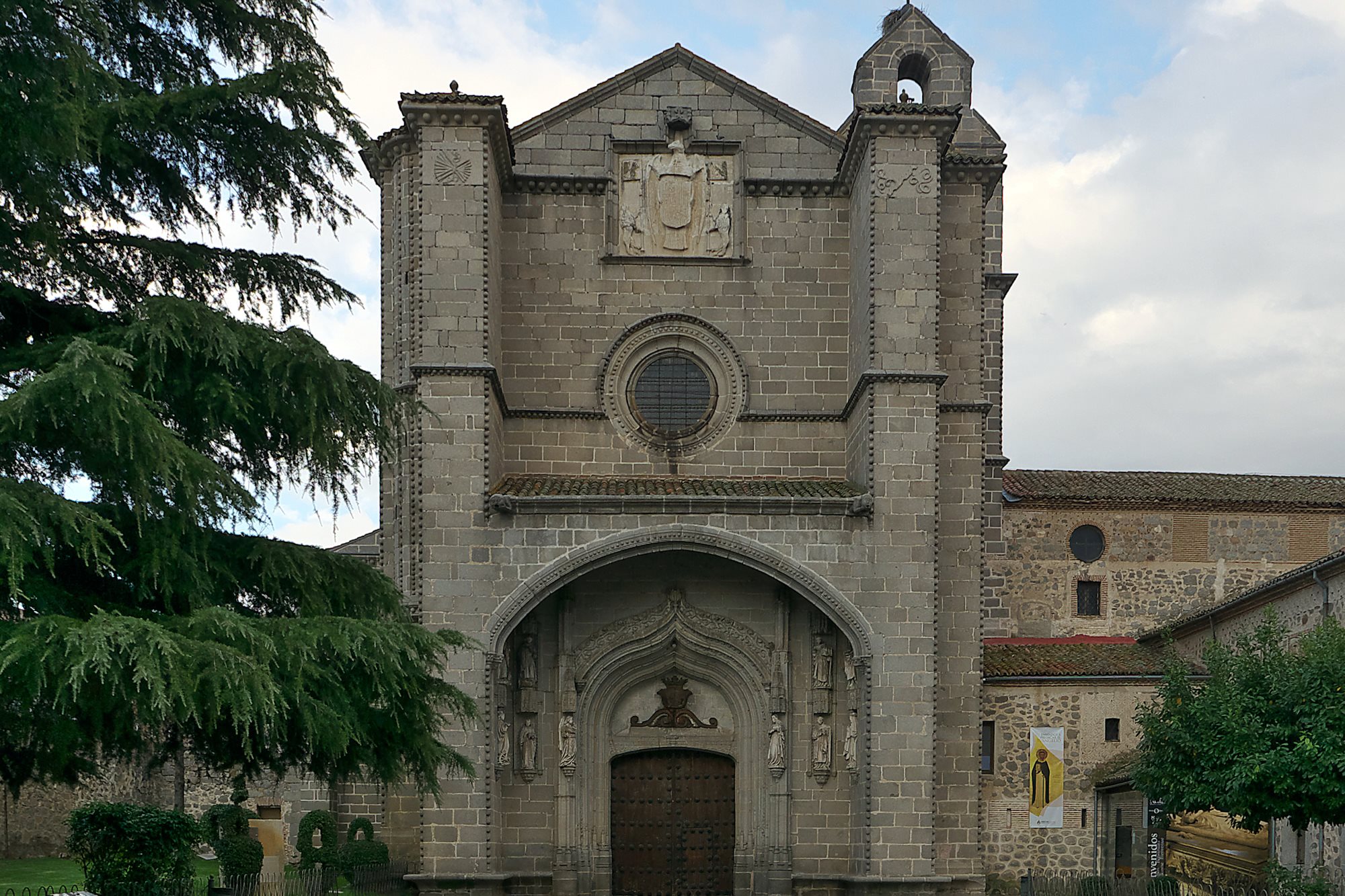
Royal Monastery of Santo Tomás
Political
Economy and Government
The region of Ávila, located in the Castile and León autonomous community of Spain, has a diverse economy that includes agriculture, manufacturing, and tourism. Agriculture is a significant sector, with a focus on wheat, barley, potatoes, and livestock. Manufacturing is also an essential sector, with a focus on textiles, food processing, and construction materials. Tourism is a growing industry, with a focus on the region's historical and natural attractions, including the Walls of Ávila, Sierra de Gredos National Park, and the Royal Monastery of Santo Tomás.
The regional government of Ávila is responsible for managing local services and implementing regional policies. The government is led by a president and a council of regional ministers who are responsible for overseeing different areas of government, such as education, health, and social services. The region is also represented in the national government by three members of parliament who are elected every four years.
Overall, Ávila's economy and government are an important part of the Castile and León region's broader economic and political landscape, contributing to the region's social and economic development.
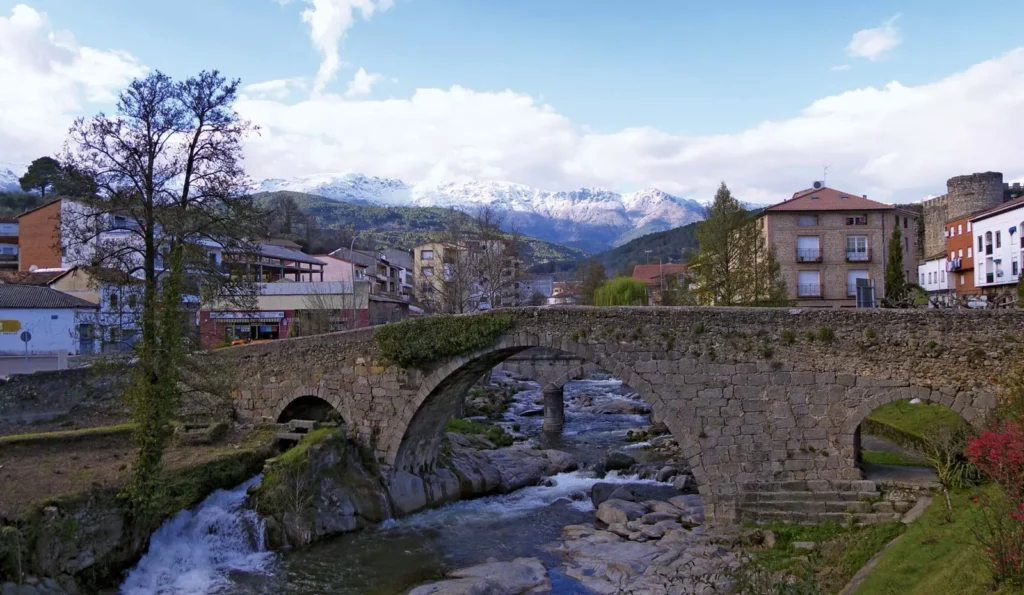
History
History and Culture
Ávila is a beautiful city located in the Castile and León region of Spain, about 100 kilometers northwest of Madrid. With a rich history dating back to the Roman Empire, Ávila is known for its well-preserved medieval walls, which are the largest and most complete in Europe. The city has been designated a UNESCO World Heritage Site and is home to numerous cultural landmarks.
Ávila's history can be traced back to the 5th century BC, with the arrival of the Celtiberians. Later, the Romans established a military camp in the area, which was later replaced by a medieval fortress. During the Middle Ages, Ávila became an important center for religious life, and numerous churches, convents, and monasteries were built in the city.
Today, Ávila's cultural heritage can be seen in its many historic buildings and monuments, including the Ávila Cathedral, the Basilica of San Vicente, and the Convent of Saint Teresa. The city also has a vibrant arts scene, with numerous museums, galleries, and theaters showcasing the works of local and international artists.
Ávila is also known for its culinary traditions, with local specialties including roast suckling pig, lamb stew, and the famous Ávila-style yemas (egg yolk sweets). The city's lively festivals and fairs, including the Medieval Market and the Feast of Saint Teresa, offer visitors a chance to experience the region's unique culture and traditions.
HOTELS
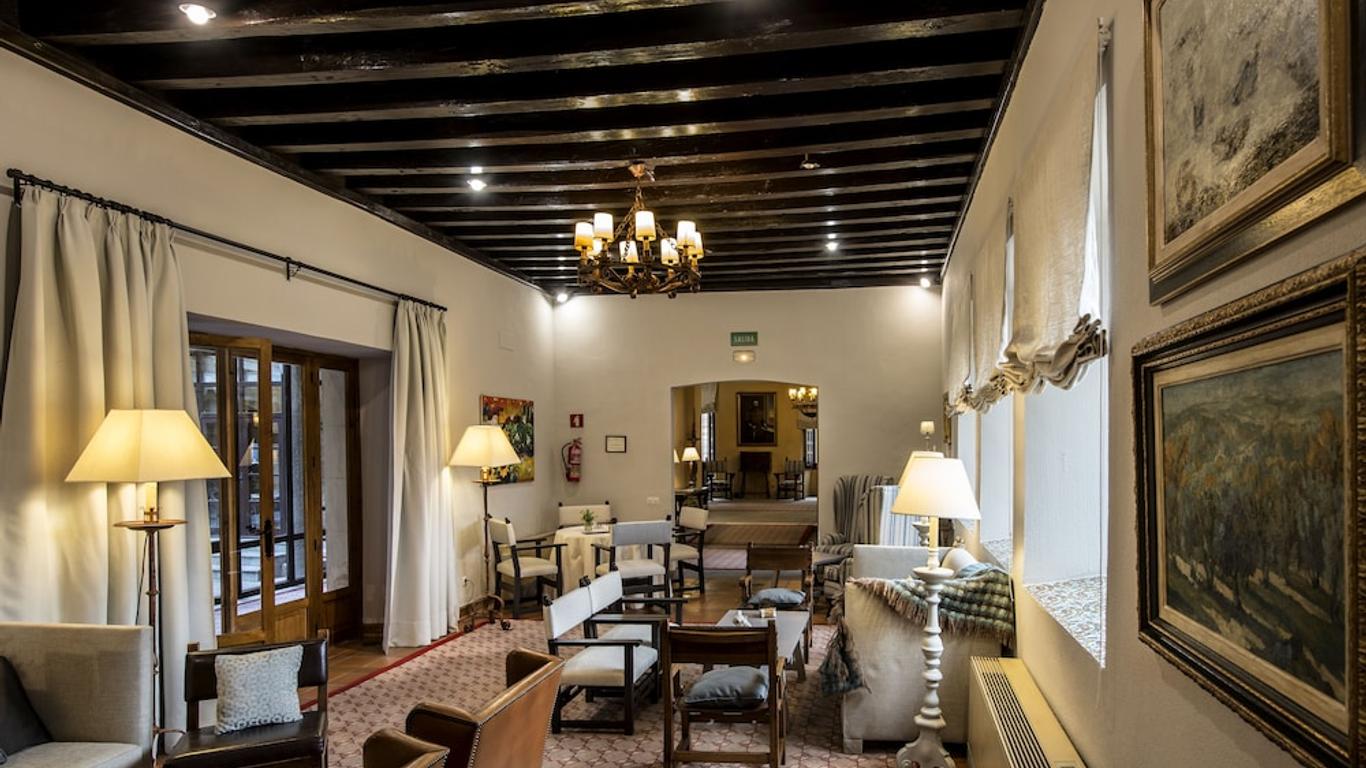
Parador de Ávila
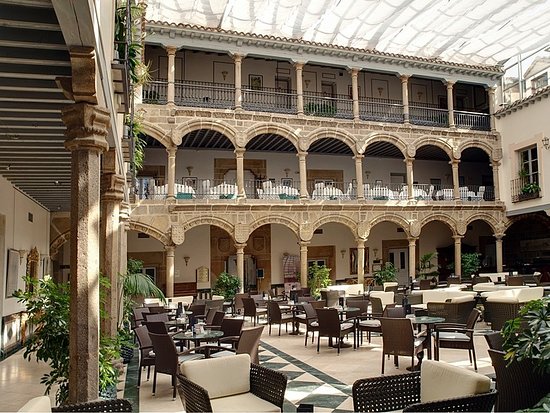
Hotel Palacio de los Velada
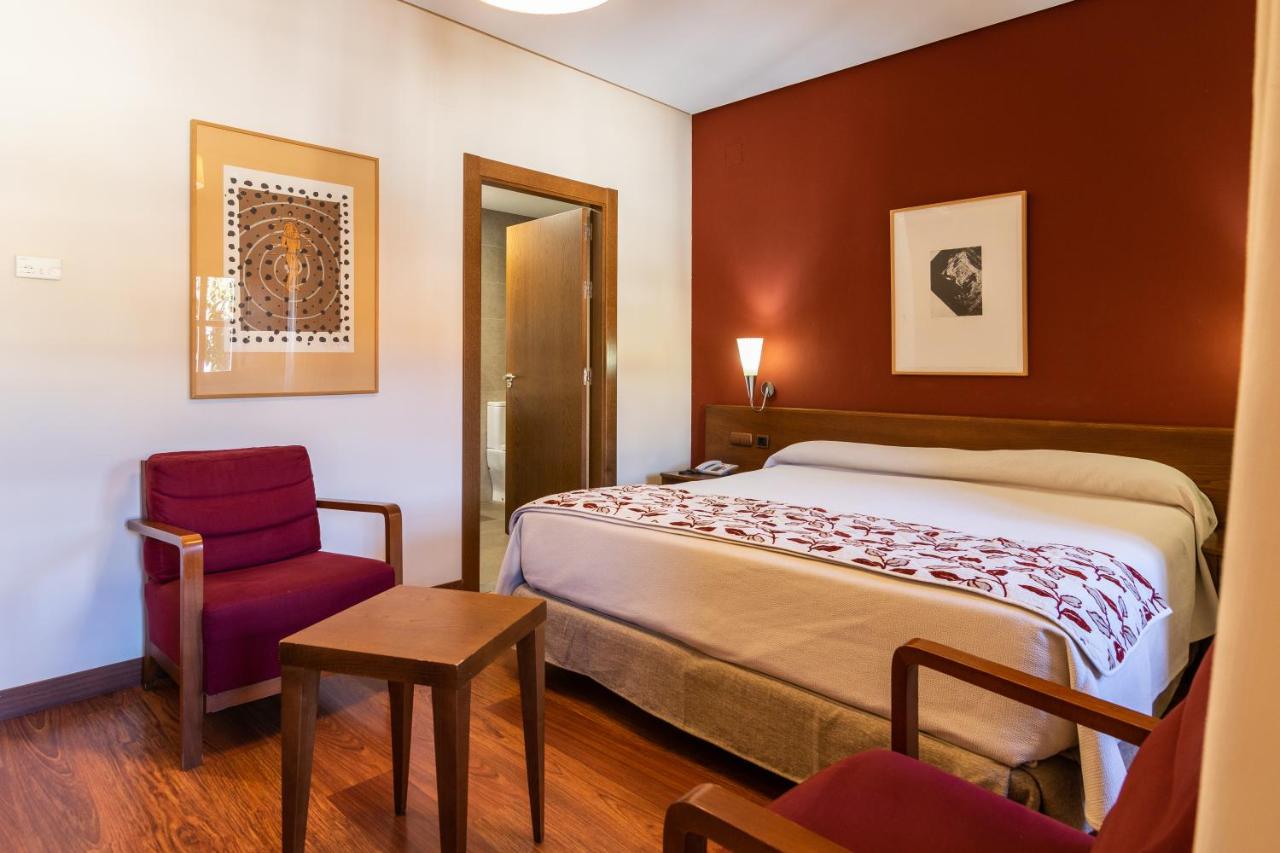
Hotel Hervás
RESTAURANTS
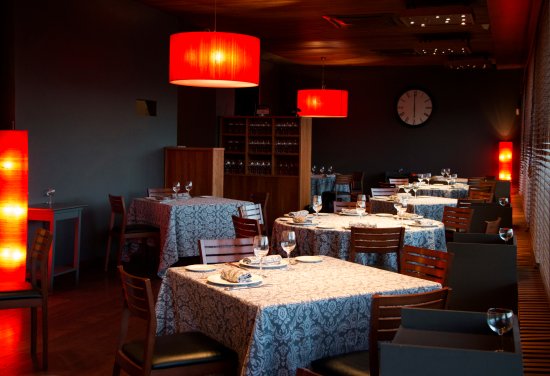
El Almacén
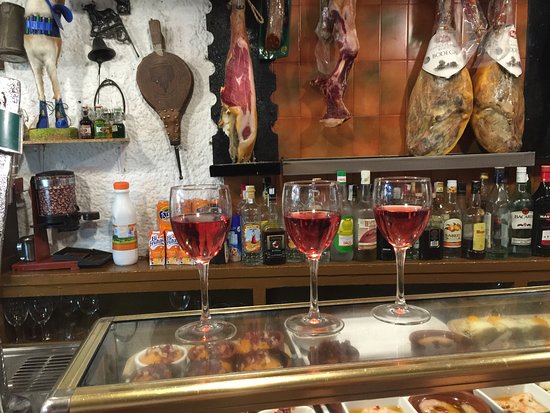
Mesón de la Hostería
